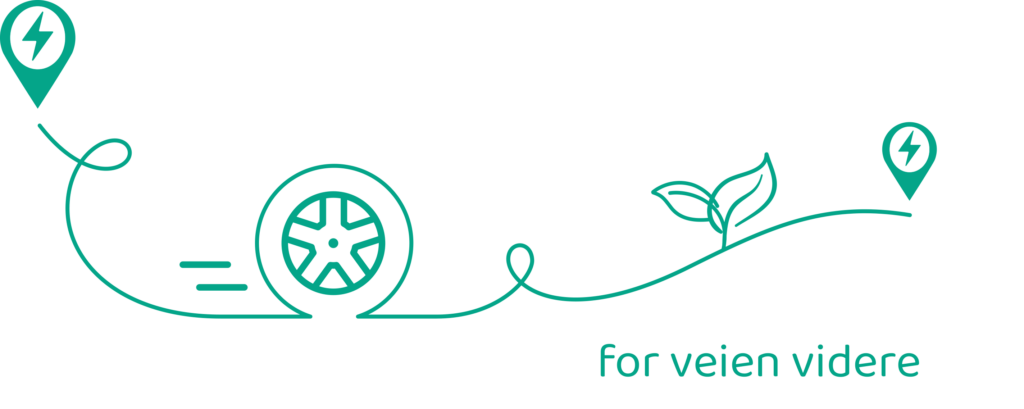The car is absolutely essential for connecting people, goods and services together in Norway. Now the emission-free car will be the link for future generations.
In Norway, there are 80 kilometers of subway and 2,500 kilometers of railway, but a full 100,000 kilometers of road. Long distances and challenging topography make road traffic the preferred and most appropriate form of transport.
All professional forecasts show that this position will only strengthen in the coming decades.
More than 80 percent of all passenger transport, and 2/3 of all goods transport, takes place on the road. It is simply very difficult to imagine a Norway without the car.
It is the link in our society. The car binds goods and services to people, but perhaps most importantly it binds people together.
It makes it possible to live, work and drive value creation throughout the country. The car is the tool that transports the children to and from training and leisure activities, goods to the convenience store, the craftsman and materials to where they are needed, or you and the family to the cabin.
Important for value creation
Road traffic also creates great value for society. A report Menon Economics has carried out for the Norwegian Road Administration shows that the value of the road is NOK 1,100 billion per year.
The car, regardless of type and size, is essential to drive value creation and to create jobs throughout the country.
In addition, road traffic is a large and significant industry in itself. In 2021, this industry had 180,000 employees and a turnover of NOK 500 billion.
Emission-free mobility is here now
An aggressive electric car policy and ambitious targets for completely zero-emission sales in 2025 have made Norway a leading country in emission-free mobility. Road traffic is leading the way in the green shift and will reach zero emissions faster than both boats and planes, and faster than it takes to expand the railway network.
At the beginning of 2024, nine out of ten new passenger cars sold in Norway will be emission-free. We are completely dependent on this rate of replacement being maintained, and preferably increased, if we are to achieve the ambitious climate targets adopted by the Storting.
Not least, we must put in place good incentives and measures for commercial vehicles. The electrification of both heavy and light vans is progressing significantly more slowly than for passenger cars.
We must therefore keep both purchase and use taxes down to a reasonable level that means that the green shift does not slow down. The car, regardless of size and purpose, is not a luxury good for the few, but a necessary tool for us to be able to live, work and travel throughout Norway.
It is the link itself.

